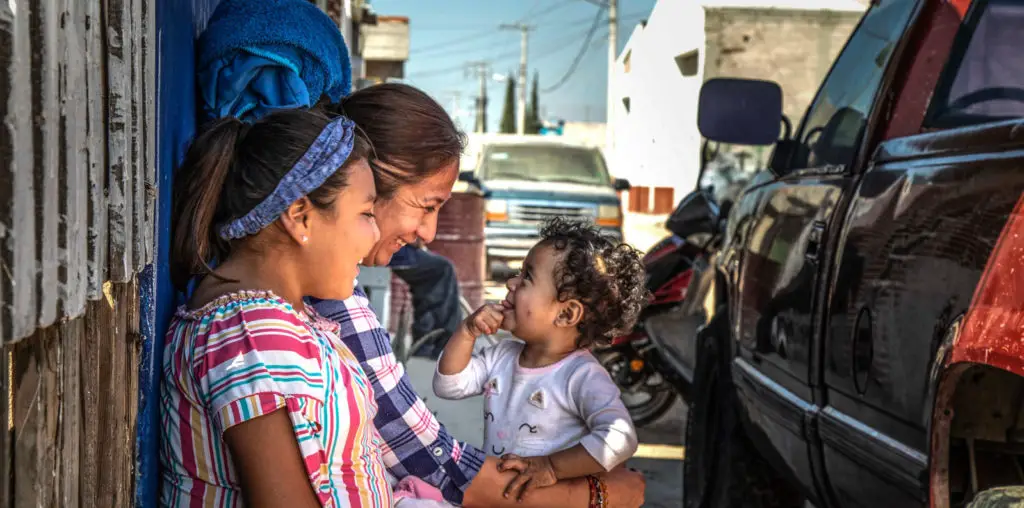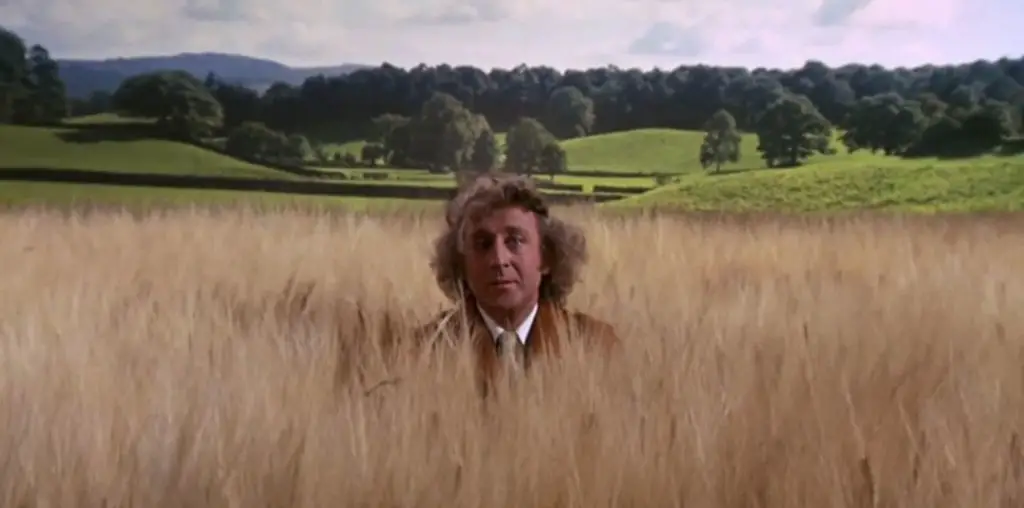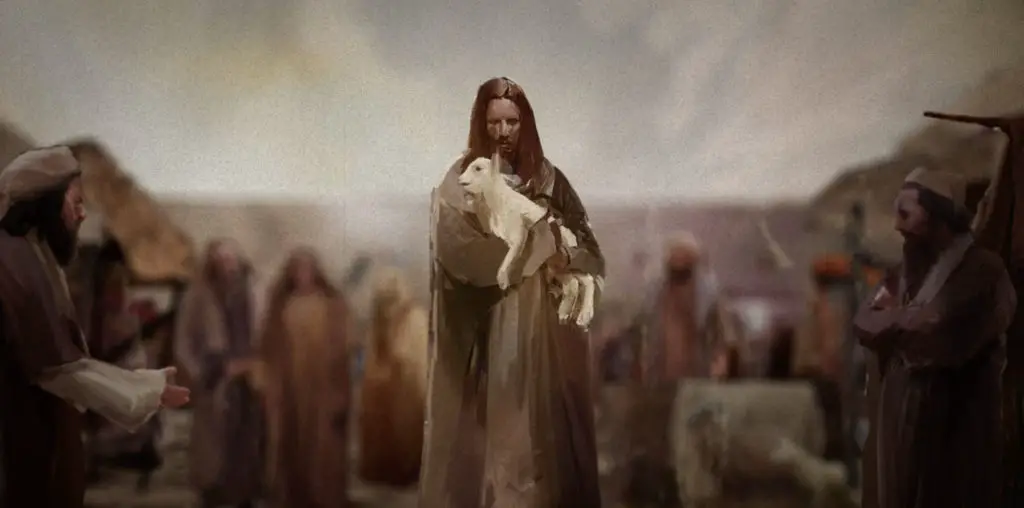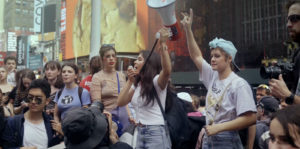
That’s really how the backstage of the TimeShrine became so important; creating those installations was very often a collaboration; they recounted in a symbolic way the story of the communities I would meet, most of them on the front line of the climate crisis—places where time was running out.
You clearly did a great deal of research and travel to find the stories told in the film. What was the research process like?
Strangely enough, Earth Protectors didn’t really start out with research; it was actually very organic: I was going around the world, creating these artistic installations, and then I started filming because a lot of people when looking at my images, didn’t really believe that I was physically going to those places to create my installations. So I started filming the backstage of my installations and the stories around them because it was a way of documenting and showing that these were real locations I actually went to and that my creative work was made on location, not in a studio.
Little by little, the documentative filmmaking became a narrative, a story. It was a profound 10-year experience of going around the world, meeting these incredible people, and realizing that there was another narrative besides my art. The stories behind my art and the examples of these people, most of them quite young, these Earth Protectors, who had taken a stand and “chosen earth.” So, the actual research was more linked to the post-production, how to edit the film, and how to ensure all the messages I wanted to come across were effective.
The concept of Earth Protectors came gradually over time. I would meet people at my exhibitions, or someone would see the art and invite me to come to their country. I started going to more and more remote places that are almost impossible to visit without a local person or a guide: you need to be invited or have excellent contacts there. The more I traveled, the more I would meet these remarkable people doing challenging and innovative things in often extreme environments. Without them, I could have never created my art in those faraway lands. Through these experiences, a pattern started taking shape: the life of these young people who loved their region and culture and were taking action to protect it. That’s how I created this unique web of friends and allies.
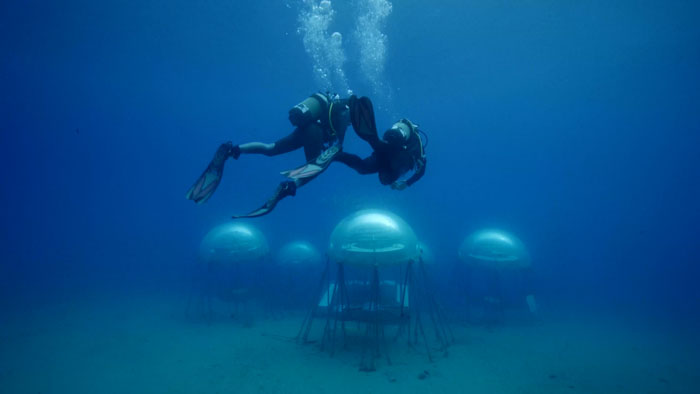
“The idea was also to prove that you could still do a good-quality documentary even with a small crew.”
What kind of crew did you bring to each location, and how did you plan what you needed to capture?
Choosing a minimal film crew was important to lower our carbon footprint. The idea was also to prove that you could still do a good-quality documentary even with a small crew. Each
expedition comprised two filmmakers, one sound technician, and me. We tread lightly, which permits a faster integration with the local communities. We were not very invasive, and people got accustomed to our presence faster. For Earth Protectors, we used lightweight handheld Sony cameras, and we tried to be as discreet as possible.
The cinematography was important, having a style both in the framing and in the micro and macro effects. I also integrated different life forms to show our planet as a whole. But in general, we had to be very adaptable as most of the footage was done outdoors, and we didn’t have a mood board or visual references to work with. None of the locations were scouted beforehand. Having a very adaptable crew used to filming documentaries was very helpful.
I also think everywhere we went, people understood that we were there to give a voice to their challenges, and they embraced the opportunity. So, the collaboration was joyful, always about learning and exchanging. So much was given and shared on both sides. I hope you feel that in the film.
